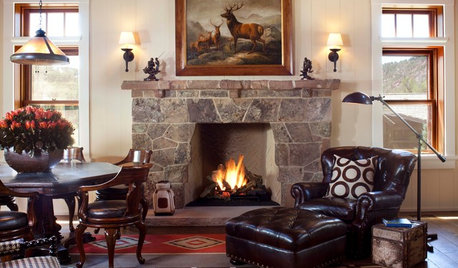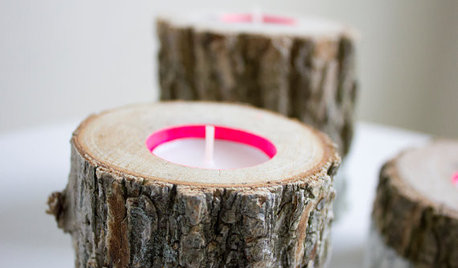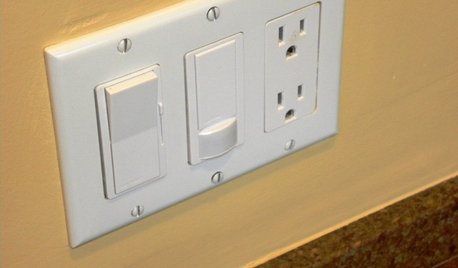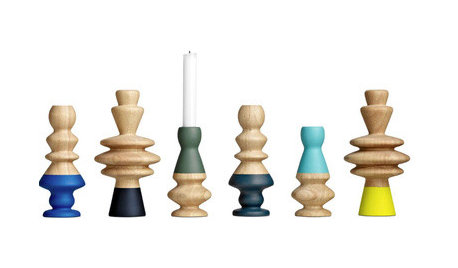Lights Flickering...
regina_phalange
13 years ago
Featured Answer
Sort by:Oldest
Comments (14)
Billl
13 years agoregina_phalange
13 years agoRelated Professionals
Jackson General Contractors · Kailua Kona General Contractors · National City General Contractors · Norman General Contractors · Randolph General Contractors · Welleby Park General Contractors · West Lafayette General Contractors · Bell Gardens Solar Energy Systems · Fort Lee Solar Energy Systems · La Mirada Solar Energy Systems · Rosemount Solar Energy Systems · Payson Solar Energy Systems · Carlsbad Home Automation & Home Media · Fort Lauderdale Home Automation & Home Media · Fort Lauderdale Home Automation & Home Mediaregina_phalange
13 years agofixizin
13 years agofixizin
13 years agoregina_phalange
13 years agoBilll
13 years agobus_driver
13 years agoregina_phalange
13 years agofixizin
13 years agoDavidR
13 years agoElectrical26
12 years agobrickeyee
12 years ago
Related Stories

HOUZZ TV FAVORITESHouzz TV: Flickering Virtual Fireplaces to Warm Your Heart
Sit back and enjoy a crackling fire set to seasonal music and surrounded by ideas for your own dream living room
Full Story
COLORWant Gorgeous Interior Colors? Look to the Light
See how to manipulate natural and artificial light — and learn about those baffling new bulbs — to get the exact room colors you want
Full Story
KITCHEN DESIGNSmart Kitchen Investment: Lighting for Function and Good Looks, Too
Save your eyes, lift your spirits and give buyers what they want with proper kitchen lighting. Two designers share their insight
Full Story
PRODUCT PICKSGuest Picks: Have a Spot of Tea Lights
Set your home aglow with these pretty, rustic, modern and creative tea lights and holders
Full Story
SHOP HOUZZShop Houzz: Light a Candle
Give every room a warm glow and an irresistible aroma with candles
Full Story0

GREAT HOME PROJECTSHow to Install a Dimmer Switch
New project for a new year: Take control of your lighting to set the right mood for entertaining, dining and work
Full Story
LIGHTINGBask in Lamplight's Comfort This Season
Get pro insight on lamp styles, shades and ever-confusing bulbs to enjoy the benefits of lamplight on long, cold nights
Full Story
LIGHTING5 Questions to Ask for the Best Room Lighting
Get your overhead, task and accent lighting right for decorative beauty, less eyestrain and a focus exactly where you want
Full Story
HOLIDAYSSimple Pleasures: Savoring the Season of Warmth and Light
Light up your home and lift your spirits on cold winter days with these decorative touches
Full Story
PRODUCT PICKSGuest Picks: Contemporary Candlesticks
If it's still too warm to light the fireplace where you live, fill a few candleholders for that warm, golden glow
Full Story






jimdtx